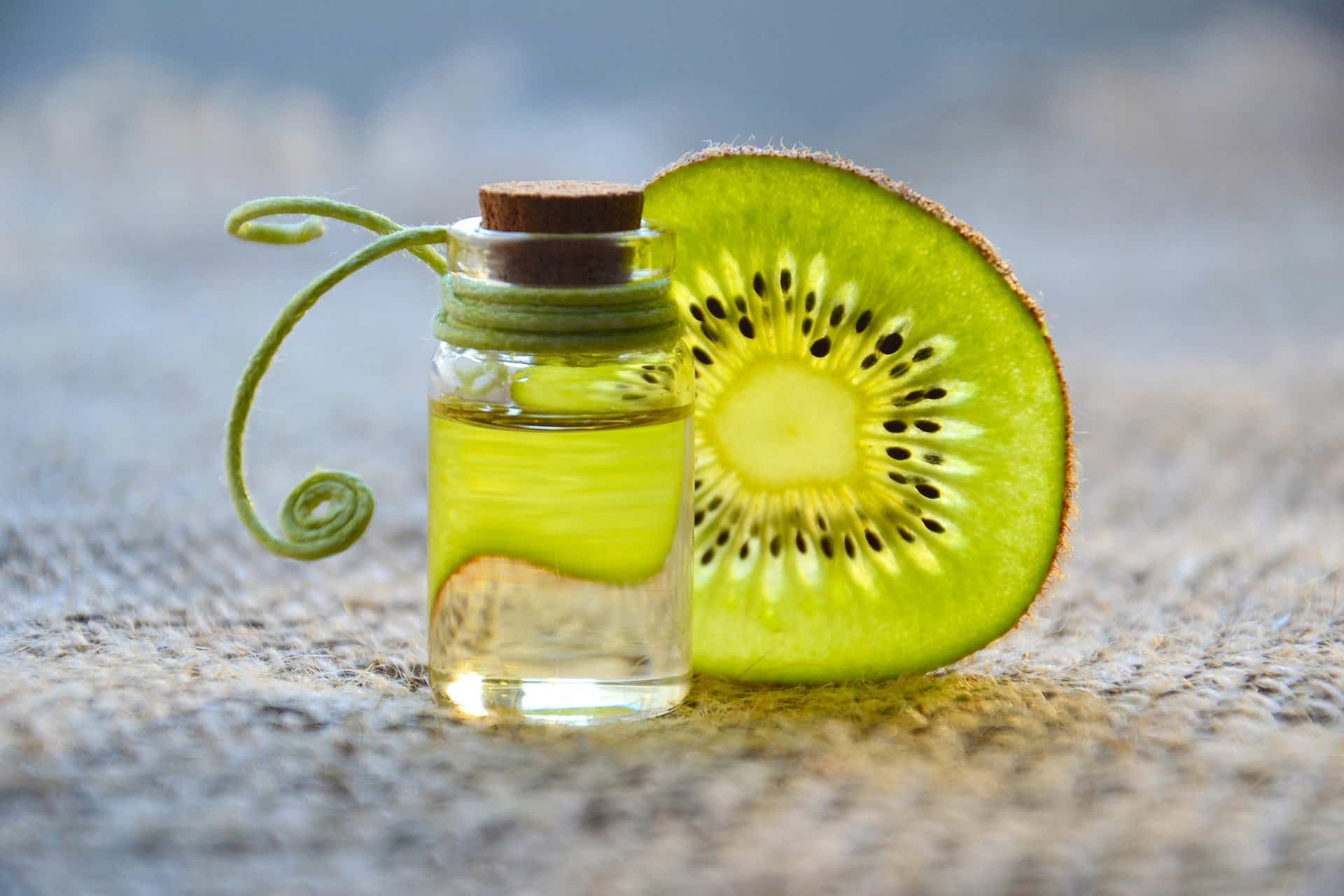Toxicity of Essential Oils: With the latest therapeutic trend towards aromatherapy and excessive use of essential oils under the labels of natural products, the knowledge of the toxicity of essential oils has become important to avoid their abusive use.
As a general rule, the acute toxicity of essential oils by the oral route is low or very low; e.g. many of the oils used to have an LD50 between 2 and 5g/kg body weight (e.g. anise, eucalyptus and clove) and for most of them greater than 5 g/kg body weight (e.g. chamomile, citronella, lavender, marjoram and vetiver). Other oils have further low LD50 between 1 and 2 g/kg for sweet basil, tarragon, hyssop (1.5 g/kg), savoury (1.37 g/kg), sassafras (1.9 g/kg), winter-green (0.9–3.25 g/kg), chenopodium (0.25 g/kg), thuja (0.83 g/kg), pennyroyal (0.4 g/kg) and mustard oil (0.34 g/kg).
A review of the available literature shows that serious accident involves young children, due to the ingestion of oils such as clove (eugenol) eucalyptus, pennyroyal (pulegone), winter-green (methyl salicylate deadly) and parsley (apiole) in large quantity.
The chronic toxicity of essential oils is also not well known at least for uses, such as aromatherapy as well as for any other route of administration as the doses in which they are used are too low for chronic toxicity.
At present in India, about 30% of the fine chemicals used annually in perfumes and flavours are obtained from essential oils. The total consumption of perfumery and flavouring materials in India is about 4,800 metric tonnes/annum. The food technology, oral hygiene and pharmaceutical flavour share around 900 metric tonnes and the rest represent perfumery.
Make sure you also check our other amazing article on : Harvesting of Crude Drugs
